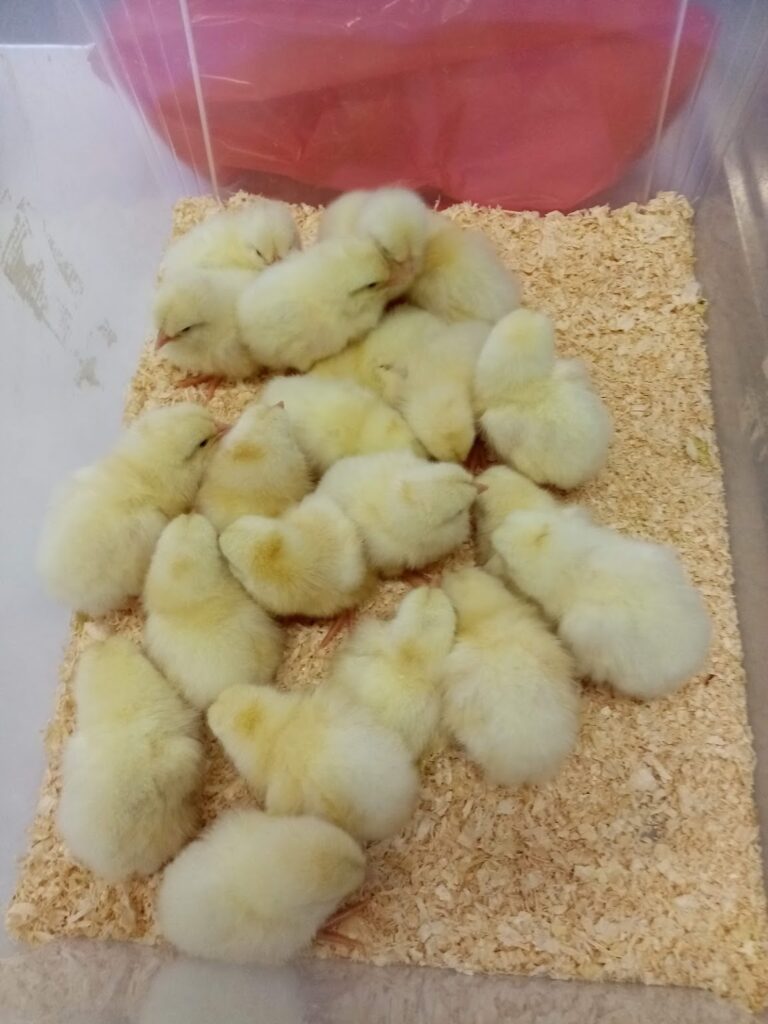Physiologically, neither of the groups showed significant differences in response to the regrouping, nor there were differences between the groups regarding their weight, except for Day 1 post-hatching when the HC group was significantly lighter compared to the CC group. Lower weight has been observed previously as the effect of transportation; therefore, it is aligned with previous findings (Hassanzadeh & Decuypere, 2021; Yerpes et al., 2021). Behaviorally, there were significant differences between the groups in TI performance since the CC group had significantly longer first beep times before the transportation compared to the HC group. In addition, the CC group had also significantly shorter righting and first beep times post-transportation compared to its pre-transportation times. The HC group showed a trend towards shorter post-transportation times, but without significance. The first finding suggests increased fearfulness in the CC group towards the experiment and handling. The latter suggests that the CC group, and very likely the HC group also, have high adaptability with coping mechanisms and perhaps habituation to the test. Behavioral observations suggest increased baseline feather pecking, as well as immediately after regrouping in the HC group. This suggests underlined stress from the effects of the commercial hatchery procedures.

Conclusions
Since both groups were observed to cope notably well with the presented stressors in time windows between one to two days, these findings suggest extreme resilience of the White Leghorn to the commercial procedures to be able to withstand the conditions.